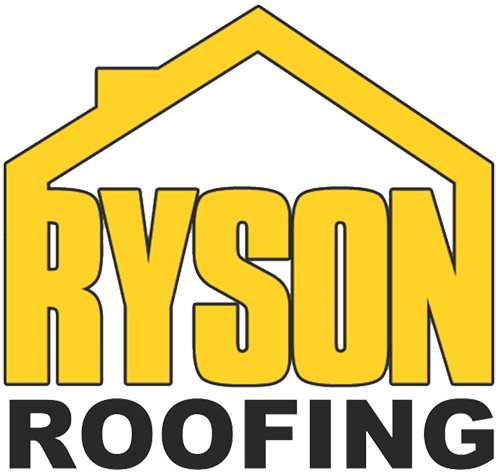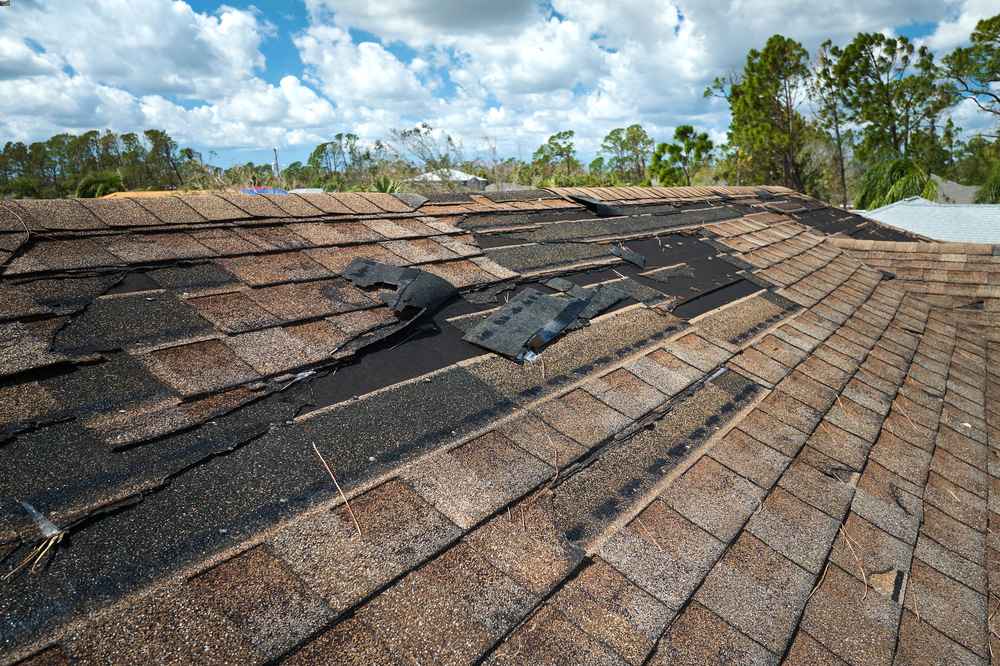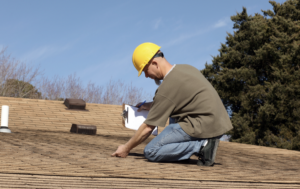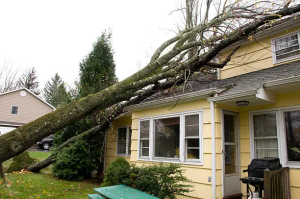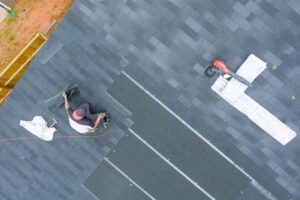If you’ve lived through a Louisiana summer or hurricane season, you know your roof works harder than most. From blistering heat and thick humidity to pounding rain and hurricane-force winds, the weather here is no friend to your shingles. If you’ve noticed curling edges, granule loss, or dark spots, it could be more than age; it might be asphalt shingle damage caused by the climate.
Here’s what we’ll cover in this guide:
- How Louisiana heat, humidity, and storms wear down your shingles
- The signs of weather-related roof damage you shouldn’t ignore
- What to do if you suspect hail damage to asphalt shingles
- The best ways to protect and extend your roof’s life in this climate
Not sure if your roof’s still up to the job? Schedule a free inspection and let our Baton Rouge team take a look.
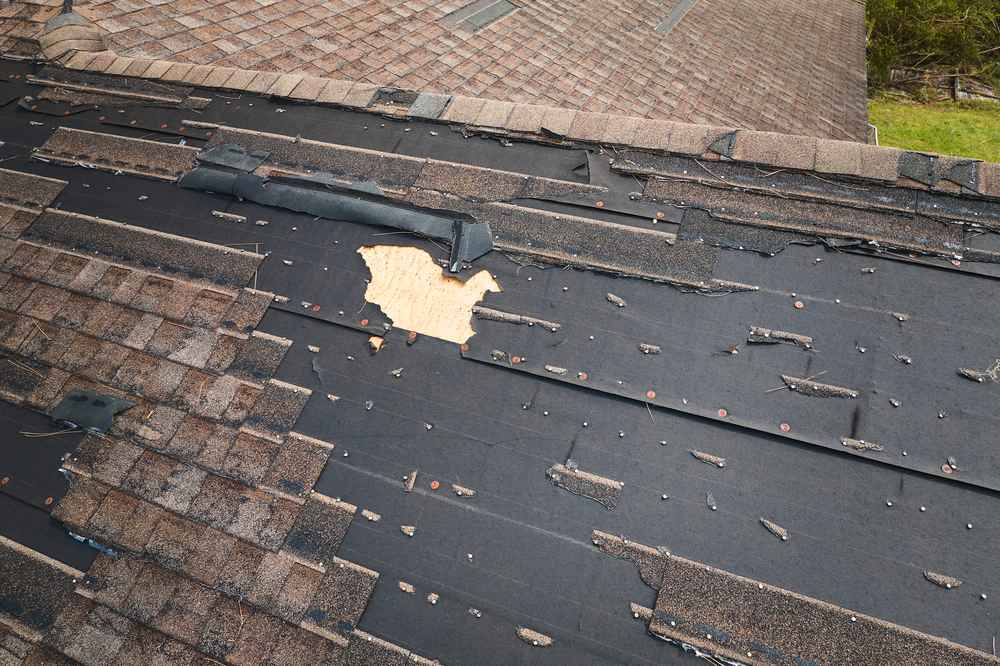
Why Louisiana’s Climate Is Tough on Roofs
To understand how asphalt shingle damage happens, you need to know what your roof goes through each season in Louisiana.
High Heat & UV Rays
In summer, your shingles can reach temperatures over 150°F. That constant heat causes shingles to dry out, crack, and lose the flexibility they need to protect your home. Over time, UV rays strip away the protective oils in asphalt, making your roof more brittle and prone to damage.
Heavy Rain & Flash Floods
Rain is a regular visitor in Baton Rouge and the surrounding areas. When water can’t drain properly, it finds its way under cracked or lifted shingles. That leads to leaks, mold, and in some cases, structural rot.
Humidity & Mold Growth
Louisiana’s humidity isn’t just uncomfortable, it’s dangerous for your roof. Trapped moisture promotes mold, algae, and mildew, especially if you don’t have proper attic ventilation or your shingles have lost too many protective granules.
Storms, Wind & Hail
Strong winds can tear shingles off entirely, while flying debris can bruise or puncture them. But the biggest concern? Hail damage to asphalt shingles, which may not show up until months later when leaks begin to form.
Your roof isn’t just a cover, it’s a system, and Louisiana weather puts that system to the test every day.
What Homeowners Should Know Before Taking Action
Before you rush into repairs or replacement, it helps to know what you’re dealing with:
Age of Your Roof
Most asphalt shingle roofs in Louisiana last about 15–20 years, less if exposed to major storms or poor ventilation.
Type of Shingles
Not all shingles are built the same; standard 3-tab shingles won’t last as long as architectural or impact-resistant options.
Signs of Trouble
Shingle curling, granule loss, roof discoloration, leaks, or missing shingles are clear indicators of asphalt shingle damage.
Insurance Readiness
If you suspect storm or hail damage to asphalt shingles, document everything with photos and notes before calling your provider.
Whether you’re prepping for repairs or a full replacement, an inspection from a qualified roofer is the smartest place to start.
5 Ways Louisiana Weather Damages Asphalt Shingles
1. Heat and UV Damage
When shingles bake in 100+ degree heat all summer, they lose flexibility and start to dry out. This causes:
- Cracking and curling at the edges
- Discoloration or fading
- Premature granule loss
Light-colored, reflective shingles and good attic ventilation can help minimize the effects.
2. Rain and Moisture Buildup
Heavy storms can saturate your roof quickly. If water seeps in, it can lead to:
- Roof leaks and ceiling stains
- Mold in the attic
- Rotted decking under the shingles
Clean gutters and well-sealed flashing are critical for drainage.
3. Hail Damage to Asphalt Shingles
Hail damage to asphalt shingles can be sneaky. Even if your roof looks okay from the ground, hail can cause:
- Small dents or “bruises” in the shingle surface
- Cracked tabs or loosened adhesive strips
- Knocked-off granules that expose the asphalt below
Always check after a storm or have us inspect it for free.
4. High Winds and Storm Gusts
Winds over 60 mph can lift shingles or peel them back. Even if they don’t fully tear off, they might lose their sealing, which weakens your roof’s water barrier.
5. Humidity and Algae Growth
Dark streaks on your roof? That’s algae, and it thrives in Baton Rouge’s wet, humid air. Left untreated, it traps moisture and eats away at your shingles’ surface, leading to soft spots and faster deterioration.
Shingle Options That Hold Up in Louisiana
Not all shingles perform equally in harsh weather. Here’s how the four main types of asphalt shingles compare:
Shingle Type Best For Lifespan Weather Resistance Maintenance
3-tab Asphalt Shingles Budget-conscious homeowners 15–20 years Moderate Moderate
Architectural Shingles Style + stronger performance 20–30 years Good against wind/rain Low
Premium Shingles Luxury homes or upscale remodels 30+ years Good overall Very Low
Impact-Resistant Shingles Homes in storm-prone or hail zones 25–35 years Excellent (hail/wind) Low
Impact-rated and algae-resistant shingles are ideal for Baton Rouge homeowners who want long-term protection with minimal upkeep.
Prefer to skip the research and get expert advice? Request an inspection and we’ll assess your roof for free.
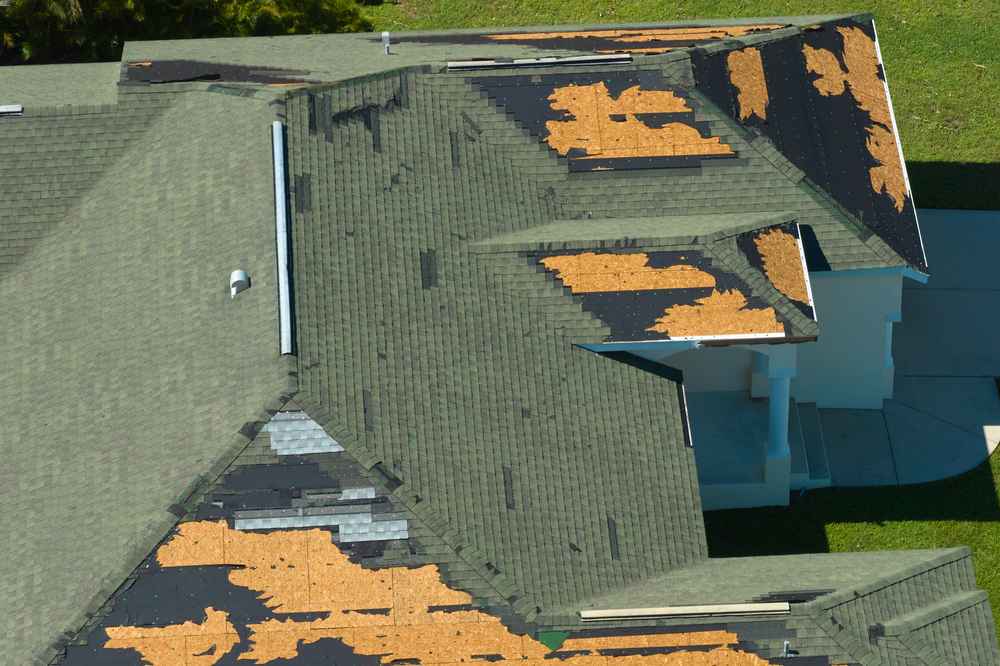
Baton Rouge Roofing FAQs
How Long Do Asphalt Shingles Last In Louisiana?
Typically, 15–20 years for 3-tab and 20–30+ years for architectural or impact-rated shingles. Louisiana heat and storms can shorten those lifespans.
Can Hail Damage Asphalt Shingles Even If They Look Fine?
Yes. Hail damage to asphalt shingles often appears as small dents or granule loss that isn’t visible from the ground. Leaks may show up later.
Should I Replace My Roof If I See Black Streaks?
Not always. Black streaks are usually algae, not a structural issue, but they can speed up asphalt shingle damage over time. Cleaning or replacement may be needed depending on age and condition.
What’s The Best Shingle Type For Baton Rouge Weather?
Impact-resistant shingles offer the most protection from hail, wind, and debris. They’re ideal for Baton Rouge’s storm-prone climate.
Is It Worth Getting A Roof Inspection After A Storm?
Yes. Damage isn’t always obvious, and a professional inspection can catch hidden issues early. Schedule your free inspection to stay ahead of problems.
Protect Your Roof Before the Next Storm Hits
Baton Rouge weather is beautiful, but brutal on your roof. From blazing summers to sudden hailstorms, your shingles are working hard to protect your home. Over time, that exposure leads to asphalt shingle damage that shortens your roof’s life and opens the door to costly repairs.
The good news? You don’t have to guess. Our experienced local team knows how to spot storm damage, deal with insurance claims, and recommend the right shingle type for your home and budget. We install all major types of asphalt shingles, including architectural, premium, and impact-resistant shingles that are built for Louisiana’s wildest weather.
Schedule your free inspection today and get the peace of mind you deserve before the next storm hits.
